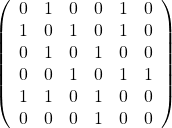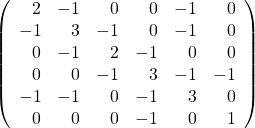p-value: probability of observing an outcome which is at least as hostile (or adversarial) to the null hypothesis as the one observed
Example
Null hypothesis: mean lifetime of a manufacturing device = 9.4 years
Accepted: within 0.396 units
50 elements with sample mean of 8.96
What is the probability that when we generate a different and independent sample average of 50 observations, we get the value <8.96 if the null hypothesis is true?
Worse than 8.96
1. Getting a number smaller than 8.96
2. Getting a number larger than 9.84
![]()
Conclusion: the larger the p-value, the stronger the evidence supporting the hypothesis.
![Rendered by QuickLaTeX.com \[P(X \le k) = \sum_{i=0}^{\lfloor k \rfloor} {n\choose i}p^i(1-p)^{n-i}\]](https://teach.sg/wp-content/ql-cache/quicklatex.com-cbc630abde44d671d61a9e8873ec67e1_l3.png)
![Rendered by QuickLaTeX.com \[\begin{array}{|l|l|l|l|} \hline & & \textbf{Predicted fraud?} & \\ \hline & & \textbf{Y} & \textbf{N} \\ \hline {\textbf{Is it actually fraud?}} & \textbf{Y} & +/+ \text{(true positive)} & -/+ \text{(false negative - type 2)} \\ \hline {\textbf{}} & \textbf{N} & +/- \text{(false positive - type 1)} & -/- \text{(true negative)} \\ \hline \end{array}\]](https://teach.sg/wp-content/ql-cache/quicklatex.com-f04051ae5b630a7724a67a4fa121d052_l3.png)
![Rendered by QuickLaTeX.com \[\begin{array}{|l|l|} \hline \textbf{Conservation (flag fewer transactions)} & \textbf{Aggressive (flag more transactions)}\\\hline \text{high precision (few false positives)} & \text{low precision (many false positives)}\\\hline \text{low recall (miss some fraud)} & \text{high recall (catch most fraud)}\\\hline \end{array}\]](https://teach.sg/wp-content/ql-cache/quicklatex.com-d4af4fa77c7ae4f7f84e0113e6899e1f_l3.png)



